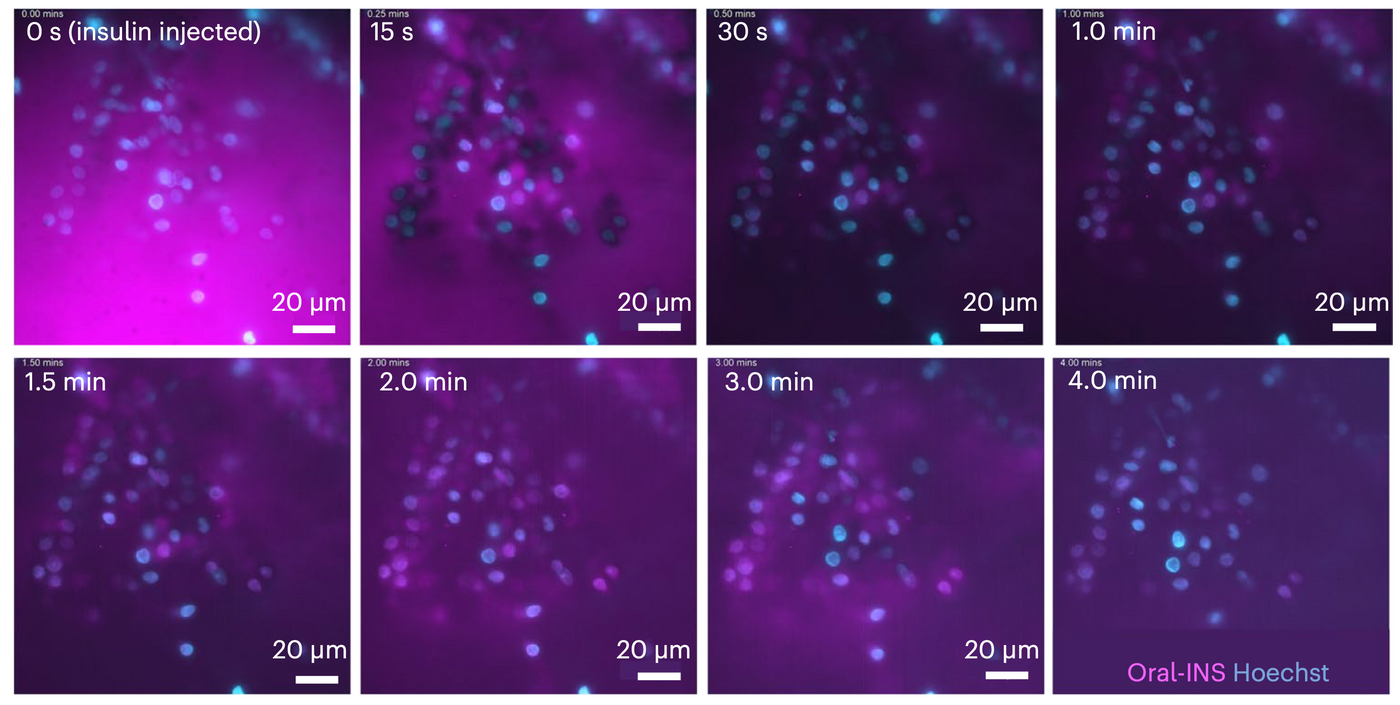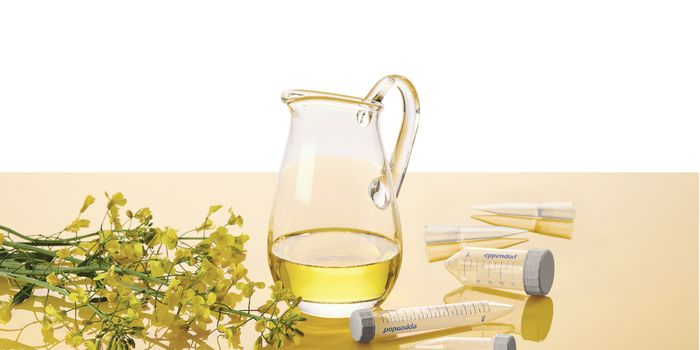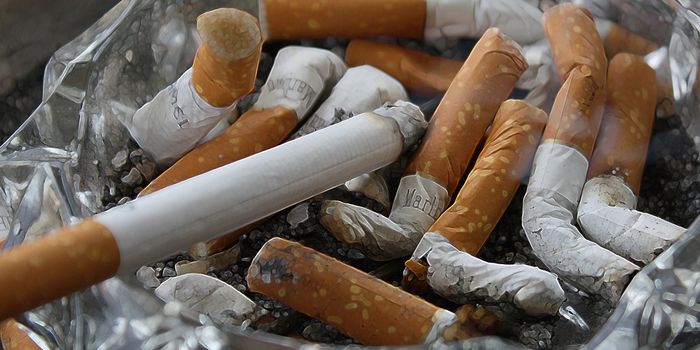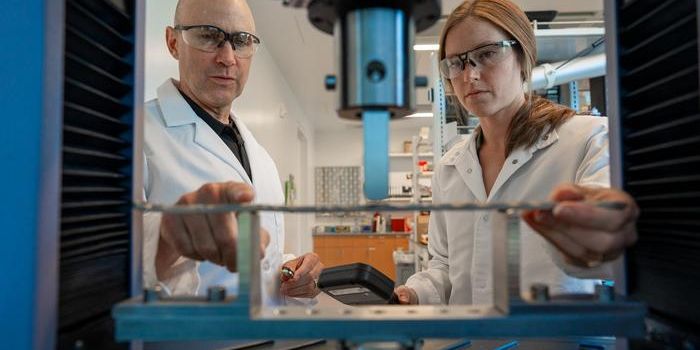Nanoparticle Breakthrough: Transforming Diabetes Treatment with Oral Insulin Precision
In 2019, diabetes affected a staggering 37.3 million people in the U.S., constituting 11.3% of the population. For those with diabetes, the struggle lies in the inability to produce sufficient insulin, a hormone crucial for utilizing glucose in the blood for energy. But thanks to researchers from Australia and Norway and a special pill, a new nanoparticle might soon deliver insulin directly to their livers.
Hypoglycemia, a perilous condition synonymous with low blood sugar, occurs when individuals mistakenly administer excessive insulin. The traditional method of insulin delivery, through injections or pumps, has its pitfalls, often leading to dosing errors and inadvertent hypoglycemia.
Professor Peter McCourt from UiT Norway's Arctic University highlights a concern with insulin injections: "When you take insulin with a syringe, it is spread throughout the body where it can cause unwanted side effects" (via EurekAlert!). Despite the need, no oral insulin has been available in the market, and clinical trials exploring this avenue have failed to curb hypoglycemia.
Recently published in Nature Nanotechnology, a research study by Lecturer Nicholas J. Hunt and colleagues from the University of Sydney is set to revolutionize diabetes treatment. The team harnessed the power of nanotechnology, employing a platform using silver sulfide (Ag2S) quantum dots (QDs) to deliver insulin.
Nanoparticle design, Hunt et al. 2024 Nature Nanotechnology
Hunt explains the innovative approach: "We have created a coating to protect the insulin from being broken down by stomach acid and digestive enzymes on its way through the digestive system, keeping it safe until it reaches its destination, namely the liver." This protective coating comprising chitosan and glucose copolymer (CS/GS) encapsulates the engineered insulin compound, ensuring its stability across various pH levels.
"This way of taking insulin is more precise because it delivers the insulin rapidly to the areas of the body that need it most," explains McCourt. The enzyme-sensitive CS/GS polymer coating is a game-changer, responding to blood sugar levels. When blood sugar is high, there's a swift release of insulin; conversely, when it's low, no insulin is released.
The study's findings are impressive – the conjugate demonstrated insolubility across a wide pH range, rapid intestinal uptake, and sensitivity to hepatic (liver) enzyme degradation. The targeted insulin delivery to the liver is key to reducing hypoglycemia episodes and mitigating adverse effects like weight gain and insulin resistance, common in non-oral administration methods.

"Our team is very excited to see if we can reproduce the absent hypoglycemia results seen in baboons in humans as this would be a huge step forward," beams Hunt. The prospect of transforming diabetes management looms large, marking a significant leap toward a future where oral insulin could be a game-changer in improving the lives of millions.
Sources: EurekAlert!, NIDDK, Nature Nanotechnology









